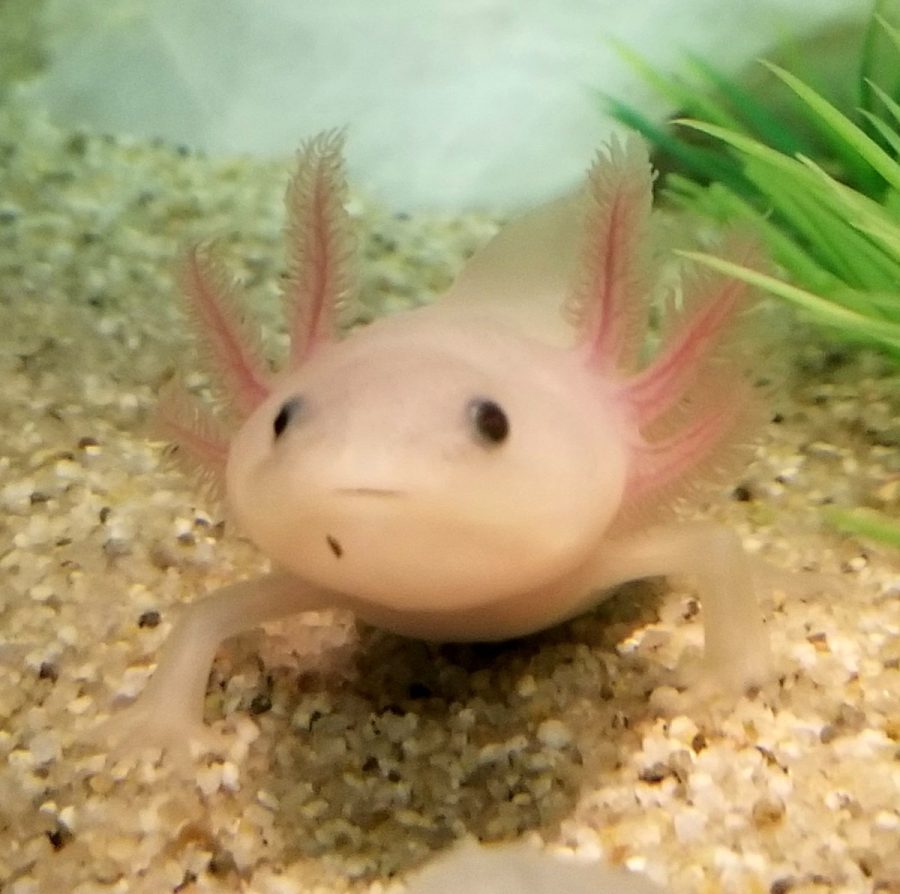The Mexican Salamander; how breeders and scientists are helping to save an endangered species.

The Mexican Salamander, scientifically referred to as the Ambystoma Mexicanum, is an amphibious creature found in Mexico. However, you may know it by it’s more commonly used name; The Axolotl.
The Axolotl is currently critically endangered. In the wild, there is only one place where Axolotls live. That place is the lake complex of Xochimilco, located near Mexico City. A survey that was held in 2009 had suggested less than 1,200 axolotls are left in the wild.
However, in captivity, Axolotls are currently thriving. This is mainly due to the factors that have made them become endangered in the first place. The main reasons for them becoming critically endangered are; droughts, overfishing, invasive species, and pollution.
When they are in captivity, they are able to live happily without needing to worry about threats coming to harm them. The species has flourished so well that you are able to legally own Axolotls as pets.
Aside from being adorable, these amphibians are able to regenerate. Similarly to a lot of other amphibians, such as the Newt, the Axolotl is able to perfectly regenerate their limbs; they can even do this with parts of their brains!
This feature about them has caused a lot of attention to be focused on these small creatures, especially in the scientific department. Scientists have been researching how they are able to regenerate their limbs, in hope of being able to use this to save the species. Because, while they may be thriving in captivity, there is something that could still potentially wipe out the species.
That looming threat is none other than genetics itself. When breeders were breeding the first generations of Axolotls, they had to take two Axolotls from the same habitat; because Xochimilco is their last habitat in the wild, they were bound to be genetically similar.
And they were. Because of that, a lot of the Axolotls living in captivity are genetically similar to one another. Because of this, they don’t have as much immunity to disease than other species would. Because of genetic similarities, it means that one disease that would normally be deadly to only a few Axolotls in the wild could lead to near extinction.
These developments are exactly why it is important to be able to understand this species. If scientists aren’t able to discover the secrets to the Axolotls’ regeneration, then this species may be wiped off the planet. And, unfortunately for Axolotls, once a species has gone extinct, it may never be possible to regenerate from that.
Information Sources:
Are Axolotls Endangered? The Results May Surprise You… – PetAquariums.com
Olivia Rayne is a writer who is currently in her sophomore year of high school. She enjoys reading and writing stories with darker tones, some of her favorites...






